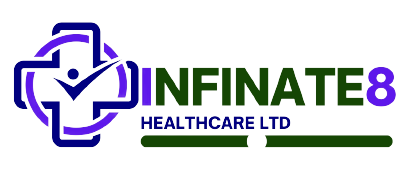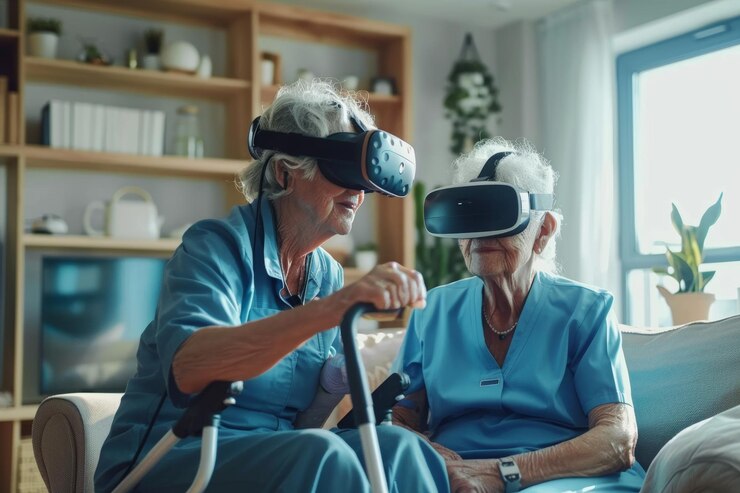The landscape of home care is undergoing a significant transformation, thanks to the integration of technology. Once considered a traditional, labour-intensive sector, home care is now leveraging digital tools to improve efficiency, enhance care quality, and provide better support for both care recipients and caregivers.
Table of Contents
ToggleEnhancing Caregiver Efficiency
Electronic Health Records (EHRs): Digital health records streamline the documentation process, reducing paperwork and improving accuracy. EHRs enable caregivers to access patient information quickly, facilitating better care coordination and decision-making.
Mobile Apps: Caregiver apps offer a range of features, including scheduling, task management, and communication tools. These apps help caregivers stay organized, improve time management, and reduce administrative burdens.
Wearable Technology: Devices like smartwatches and fitness trackers can monitor vital signs, track activity levels, and detect falls. This data provides valuable insights into a patient’s health and allows for early intervention when necessary.
Improving Care Quality
Remote Patient Monitoring (RPM): RPM technology enables caregivers to monitor patients’ health conditions from afar using devices like blood pressure monitors, oxygen sensors, and weight scales. This allows for early detection of health issues and timely interventions.
Telehealth: Video conferencing and other telecommunication tools facilitate virtual consultations between patients and healthcare providers. This is particularly beneficial for patients with limited mobility or those living in remote areas.
Medication Management Systems: Automated medication dispensers and mobile apps help patients adhere to their medication schedules. This reduces the risk of medication errors and improves overall health outcomes.


Enhancing Patient Independence and Safety
Smart Home Technology: Devices like voice assistants, automated lighting, and smart thermostats can enhance independence for patients with disabilities. These technologies make everyday tasks easier and provide a sense of control.
Fall Prevention Systems: Sensors and cameras can detect falls and alert caregivers or emergency services. This technology can significantly reduce the risk of injuries and improve patient safety.
Personal Emergency Response Systems (PERS): These devices allow patients to summon help with the push of a button, providing peace of mind for both patients and caregivers.
Strengthening Communication and Collaboration
Care Coordination Platforms: These platforms enable healthcare providers, caregivers, and family members to share information and collaborate on patient care plans. This improves communication and ensures everyone is on the same page.
Family and Caregiver Portals: Online portals provide family members with access to patient information, allowing them to stay informed and involved in their loved one’s care.
Addressing Challenges and Considerations
While technology offers numerous benefits, it’s essential to address potential challenges. Issues such as data privacy, cybersecurity, and the digital divide must be carefully considered. Additionally, it’s crucial to ensure that technology is used to complement, rather than replace, human care.
Conclusion
The integration of technology into home care is transforming the way care is delivered. By leveraging these tools, home care providers can improve efficiency, enhance care quality, and empower patients to live independently and safely. As technology continues to evolve, we can expect even more innovative solutions to emerge, further revolutionizing the home care industry.






